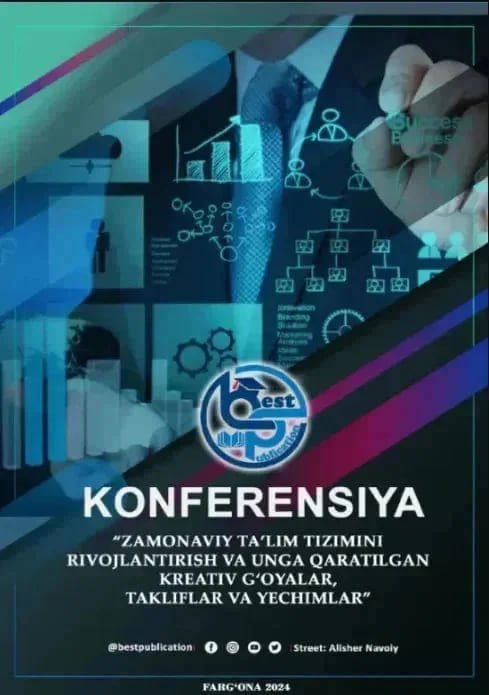APPLYING KRASHEN’S HYPOTHESES TO ADULT UZBEK ESL LEARNERS: A CASE STUDY OF ASAL AND KAMRON
Keywords:
ESL learners, Krashen’s hypotheses, Uzbek students, adult education, affective filter, comprehensible input, personalized instruction, learner profilesAbstract
This article presents a comparative analysis of two adult Uzbek learners of English—Asal and Kamron—using Stephen Krashen’s key hypotheses: the Input Hypothesis, the Affective Filter Hypothesis, and the Natural Order Hypothesis. Asal, a beginner-level learner with limited formal education, and Kamron, an advanced learner with a technical background, demonstrate differing language acquisition needs. The study illustrates how ESL instruction can be personalized through visual aids, contextualized grammar, and supportive environments that reduce anxiety and foster communication. The findings emphasize the value of learner-centered instruction based on individual profiles and theoretical insights.
References
1. Ioup, G., Bohn, O. S., & Hornberger, N. H. (1994). Language and education: An overview of the research. In G. Ioup & S. H. Weinberger (Eds.), Interlanguage (pp. 1-16). Academic Press.
2. Krashen, S. D. (1985). The input hypothesis: Issues and implications. Longman.





